Letting your children navigate the internet on their own is like throwing them into the Wild West for them to fend for themselves. The internet can be a dangerous place for children if they are on the wrong websites. We all want to protect our children, so knowing the websites that are safe for our kids is of utmost importance. What we also want as parents are websites that teach our children life skills and responsibility. There are great websites, geared for children, that will engage your child and have them learning at the same time. Below are the top 21 websites for teaching children life skills and responsibility. All of the sites have been vetted and approved by
Common Sense Media, a non-profit organization whose mission is to "empower parents, teachers, and policymakers by providing unbiased information, trusted advice, and innovative tools to help them harness the power of media and technology as a positive force in all kids’ lives." Always monitor children when they are using the internet. Parental guidance for age appropriateness is recommended when your child uses any of the websites listed below. What is appropriate for an eight year old is not always appropriate or suited for a four year old. These 21 websites can have your kids engaged, entertained, learning, and developing new skills. Most of them are intended to engage children of various ages, so look for the content on each site that is appropriate for your child's age and ability level.

This website is loaded with games, educational activities and videos that will please both child and parent. This site engages children in activities and videos that teach them about citizenship, different cultures, geography, global awareness, hypothesis testing, investigating, self-reflection, personal growth, empathy, respect for others, labeling feelings and more. For example, the Webonauts Internet Academy teaches kids how to be safe online and Wild Kratts teaches kids about different habitats around the world. There is a great deal of content on this website. Head to their site today to discover what your child could be missing out on!
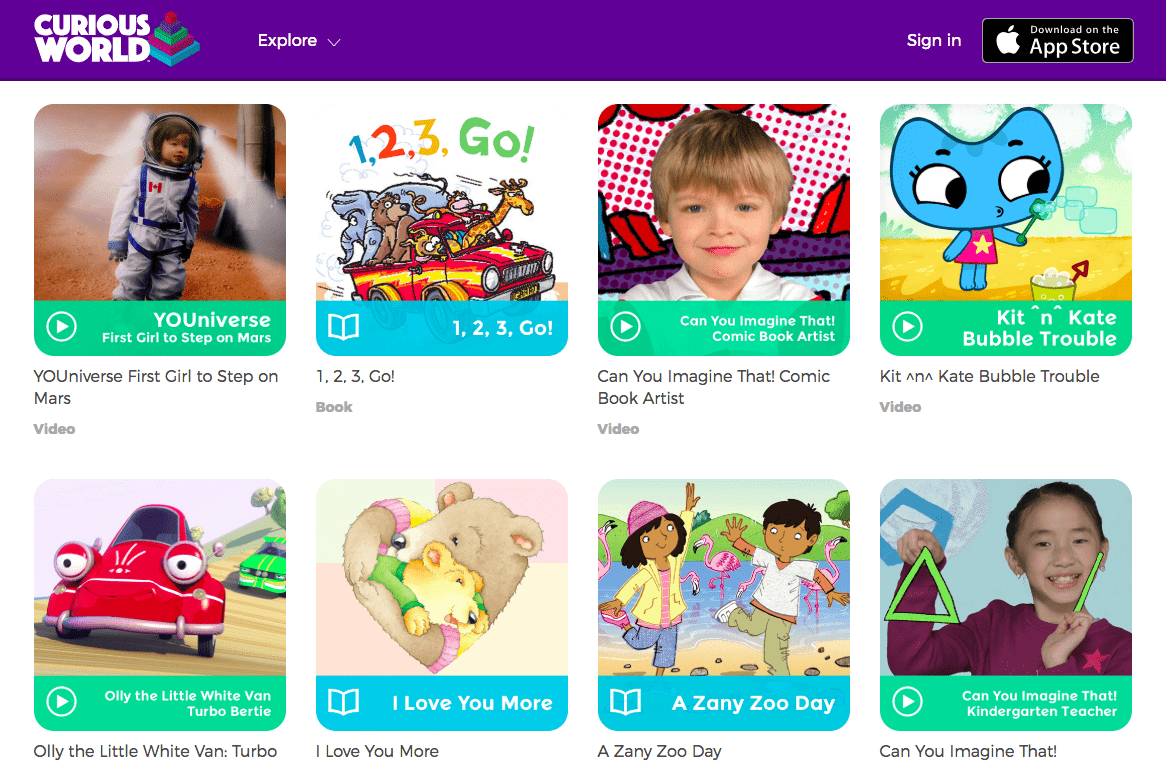
This site is geared for kids ages 2-7. The main character guiding kids on an educational journey is Curious George. If your child is a fan of the books or cartoon, then you should check out this website. There are eight key areas of learning covered on this website including math, reading, and science. This website makes learning fun with games and child appropriate online activities. It also includes hands on activities for parents to do with their child. Activities such as crafting, cooking, and art projects with detailed instructions are provided, so that parents can interact with their children to build important life skills.

This is a news website geared for kids. The content helps them learn about the world and its happenings, in a website that is made for kids. There are daily editions of which include new articles every day on a variety of subjects and topics. The articles are written to grab the attention of a child reader. You will find that even reluctant readers find this site entertaining. If you have a passion for the news and keeping up with the changing world, then you can ignite this passion in your children by getting them started on the News-O-Matic website. Some of the skills that kids can learn while utilizing this site include reading comprehension, increased vocabulary, geography recognition, critical thinking, perspective taking, reasoning, and cultural awareness.
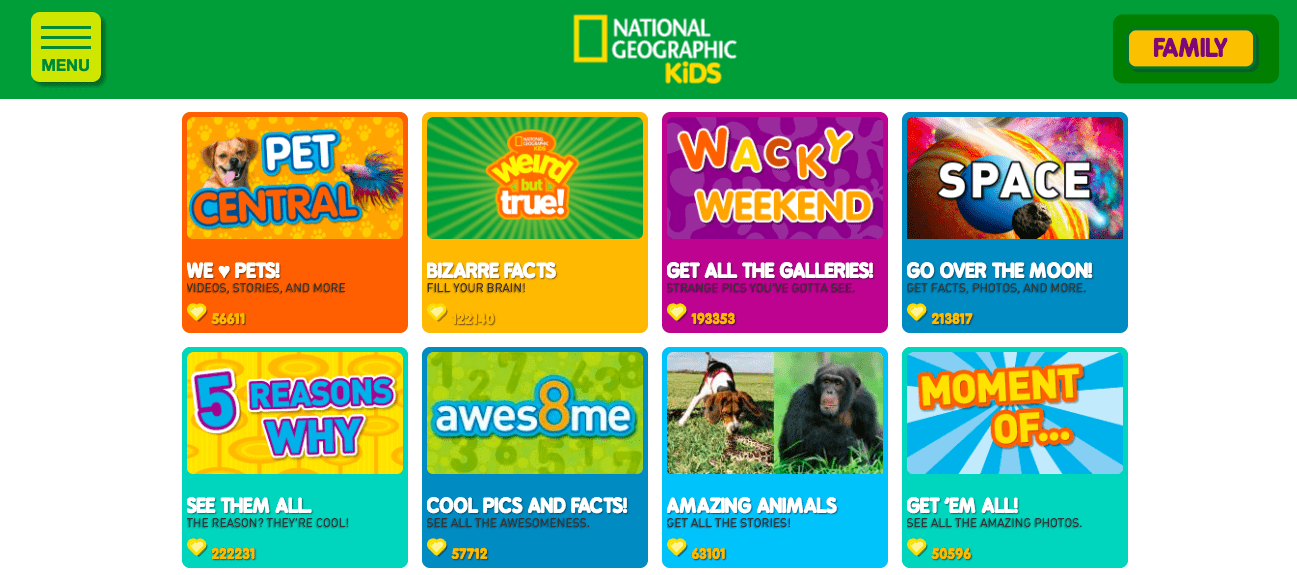
The National Geographic Kids website teaches kids about animals, space, the natural world, dinosaurs, insects and more. They use games, videos, and online activities to connect children with learning about our natural world. There are valuable skills reinforced in the online activities including the use of logic, memory, applying information, investigation, problem solving, and imagination. There is a great deal of free content on this website that can be utilized without being a paid subscriber.

This website is geared for children ages 2-7. This is a learning website that covers the subjects of reading, math, social studies, science, health, writing, art, and music. Some of the skills that are taught on this site through the website activities include following directions, letter recognition, word recognition, phonics, reading comprehension, speaking, memorization, solving puzzles, measurement, goal achievement, rhythm, and more. This website boats that it contains a comprehensive curriculum with more than 8,500 learning activities. It is a great tool for preschoolers preparing for kindergarten. There are also lessons and activities that are more advanced beyond kindergarten. This is a subscription based program. It has won many awards because of its comprehensive nature and successful curriculum.
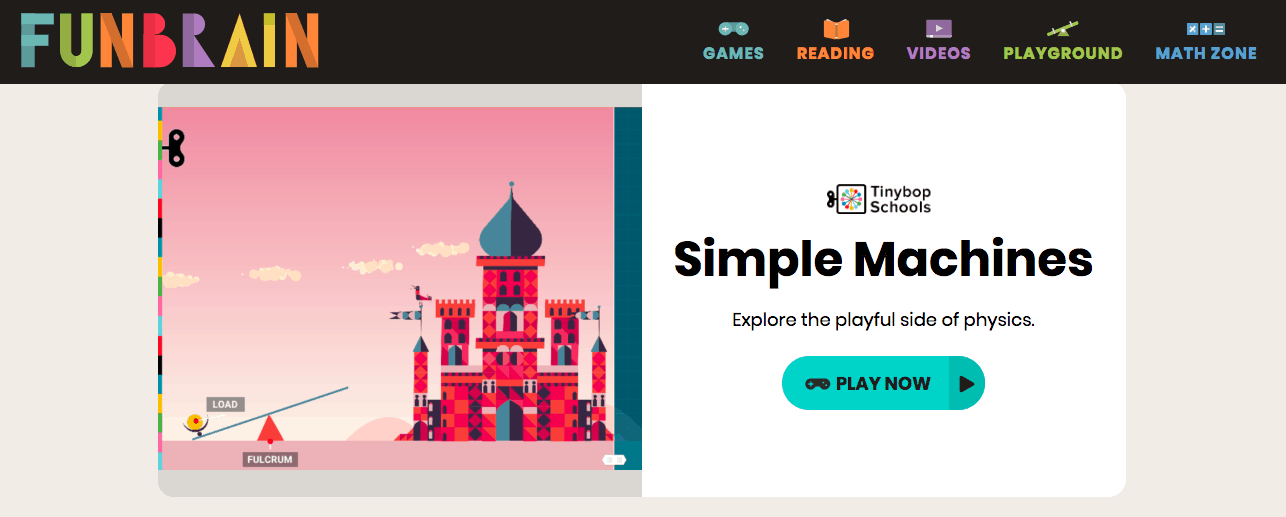
This educational website has a great deal of free content, so your child can access hundreds of activities without a subscription. There are games and activities for kids to play while they learn at the same time.
Kids will use the following skills while playing on this website: problem solving, puzzle solving, reading, vocabulary, math, and reasoning. What makes this site unique is that there are online versions of popular kid's books including the "Diary of a Wimpy Kid" series.
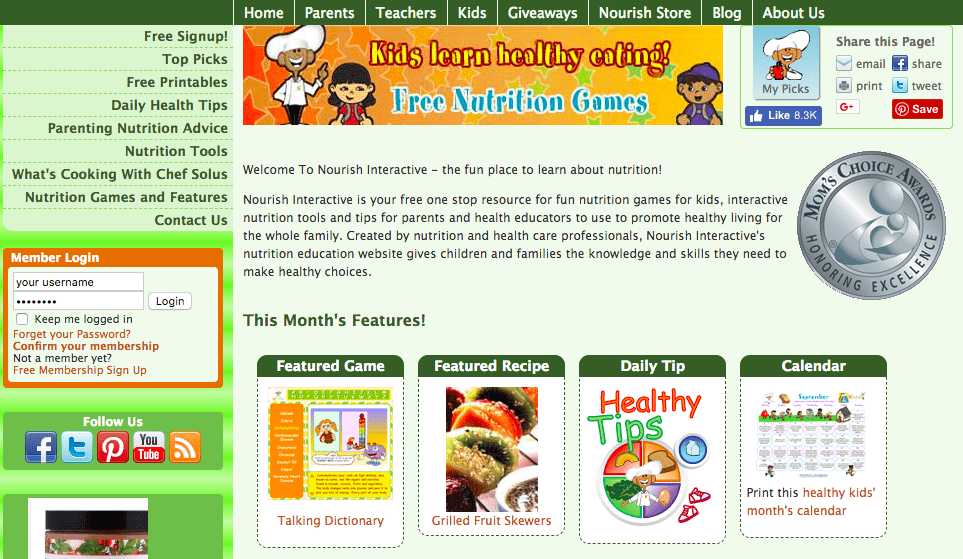
This website is geared toward nutrition for children. It is a free website. There are games, printable activities, recipes and tools on this site that teach children about nutrition. The goal of the site is to help children learn to make healthy eating choices at a young age, so they can have this skill for life. The site also teaches about cooking, with many healthy recipes available free.
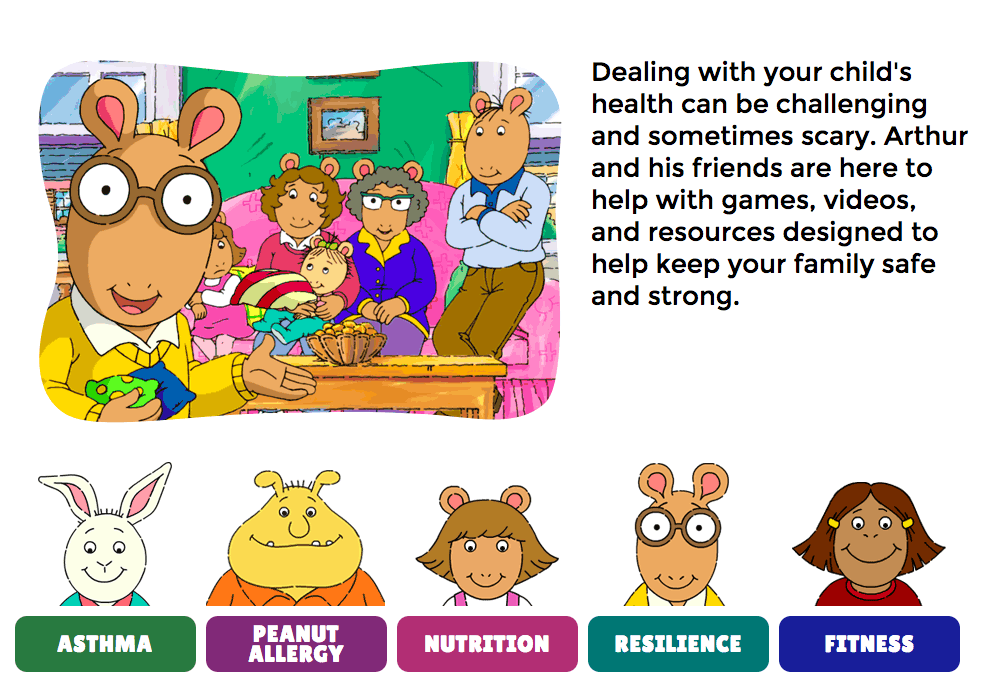
Arthur is a favorite cartoon character on PBS. The Arthur Family Health website is for kids to learn about resilience, fitness, peanut allergies, asthma, and more. Health is not an easy topic to address with children, but this website does a great job by utilizing games, videos, and activities that are age appropriate and fun.
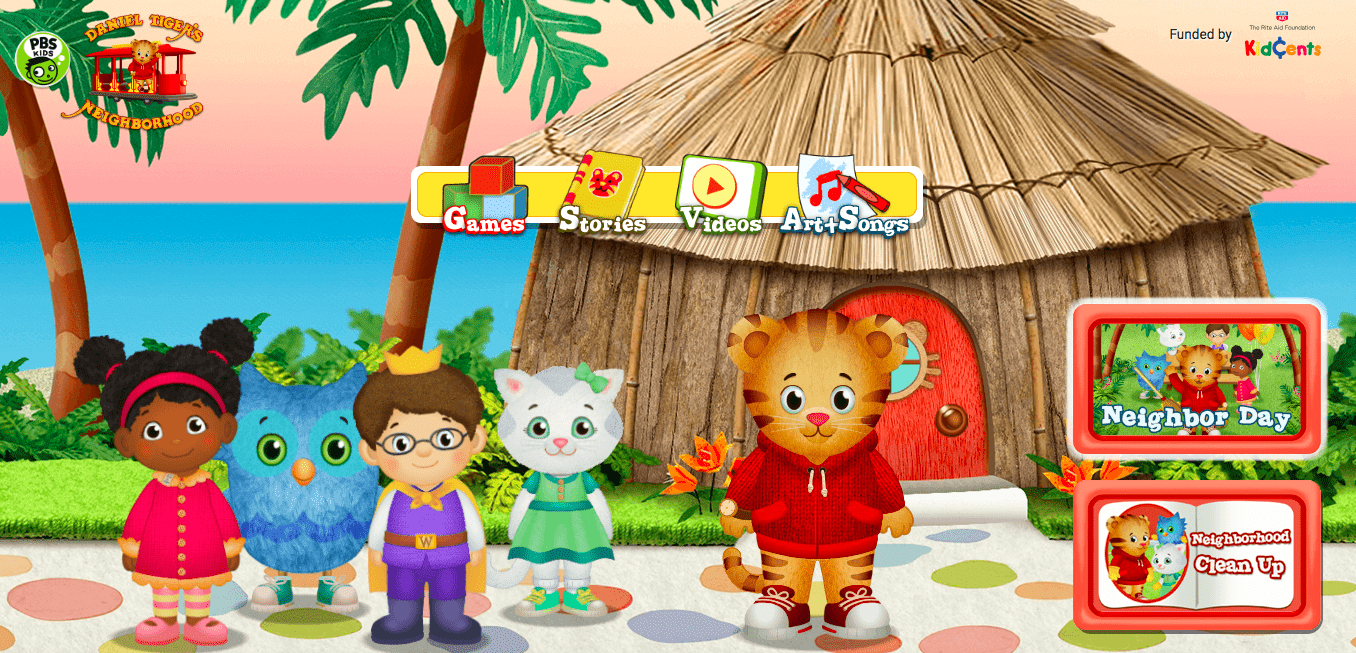
This website uses the popular PBS cartoon character Daniel Tiger. This website has games, activities, and videos geared toward younger children. The skills that are taught on this site include expressing emotions appropriately, eating healthy, making friends, brushing teeth, dealing with disappointment and toilet training. There are stories with a narrator for kids to listen to, simple games to play, videos to watch, and songs to engage younger children. It is an entertaining site for younger kids and the topics teach great life skills for little ones! This is a free website.
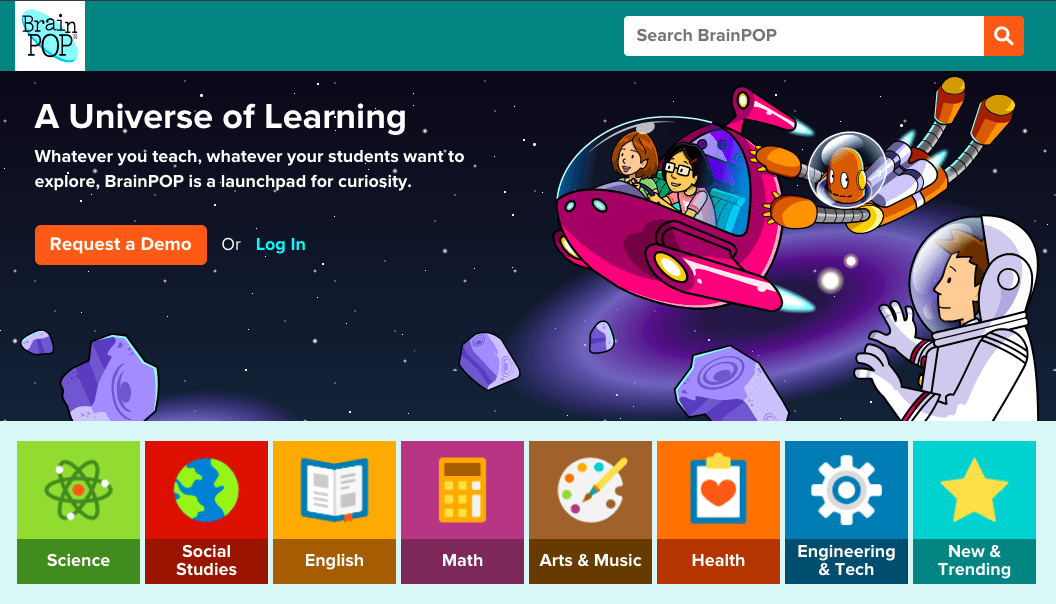
This website is geared for children in the fourth grade and older. It is a paid subscription site. However, there are some games and videos that are available free on this site. This website helps kids academically. There are also life skills and lessons addressed on the site. They address even the most sensitive and tough topics such as war, terrorism, sexual development, and alcoholism. Reviewers of the site say that this website is useful for kids all the way through high school.
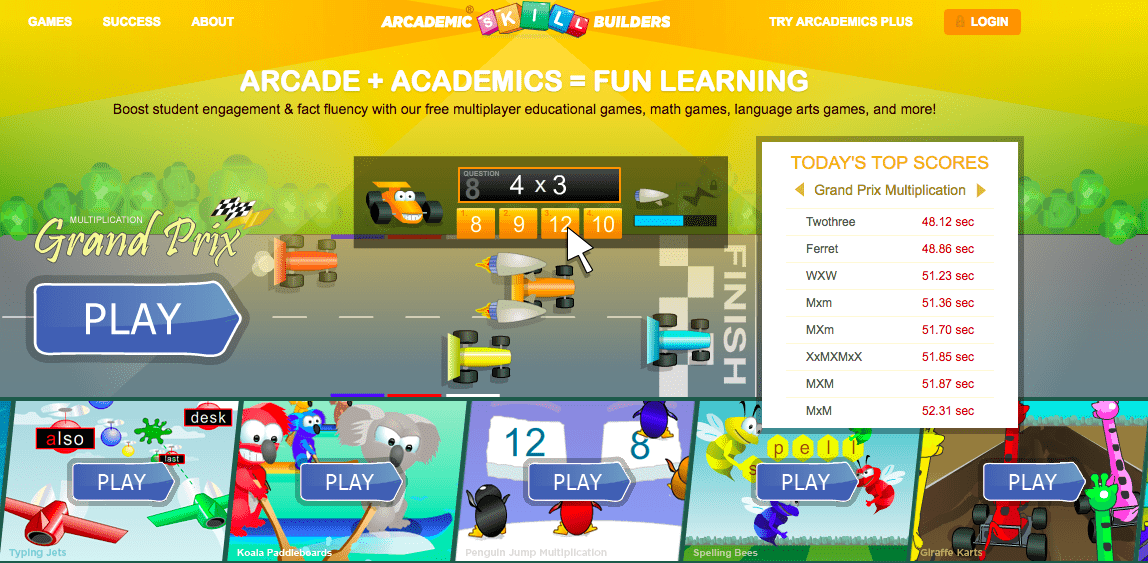
This website is geared toward helping young students acquire math, language arts, English and critical-thinking skills. This site is filled with games and activities to keep kids entertained while learning. This website has a strong emphasis on math skills including addition, subtraction, counting, division, fractions, money, multiplication, ratios, and shapes. If your child is struggling with their math skills, then this site can be of great help. Many of the games and activities are free.
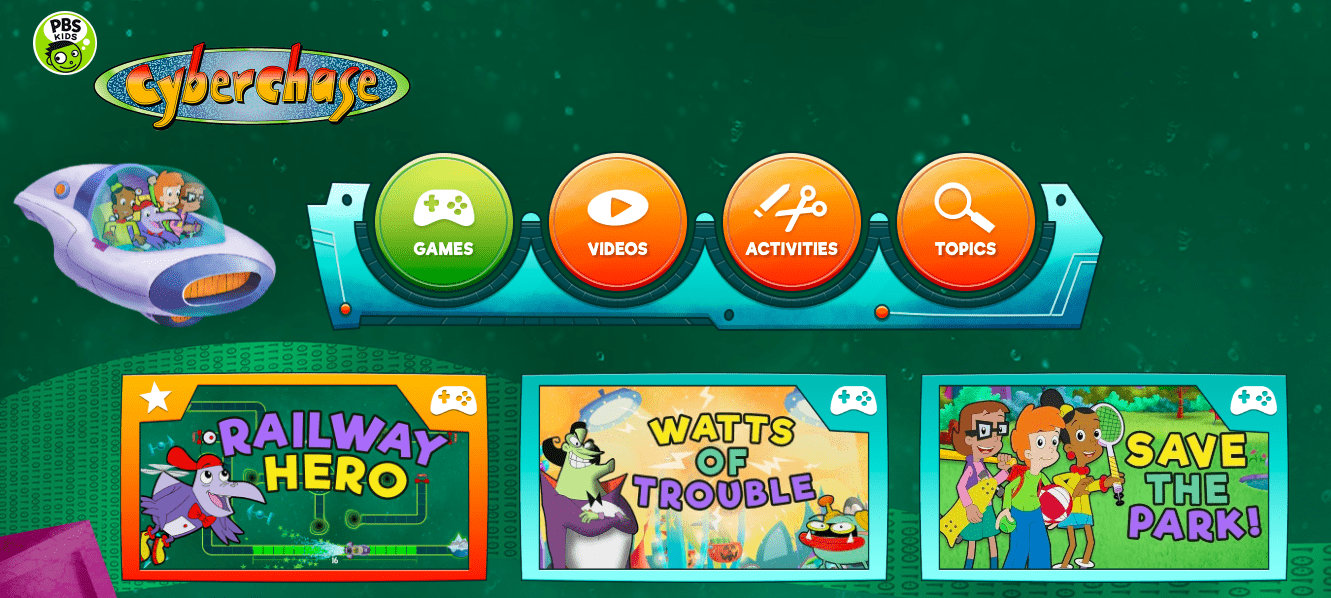
This website is based on the PBS show Cyberchase. It is geared toward children who can read or are learning to read. It helps kids acquire critical thinking and reading skills. The site is filled with free games, videos and activities that keep kids entertained, engaged, and learning. Some of the games get kids to think about real life situations to utilize their problem solving skills. Brainstorming is a another skill that is utilized on this site. It is a free website.
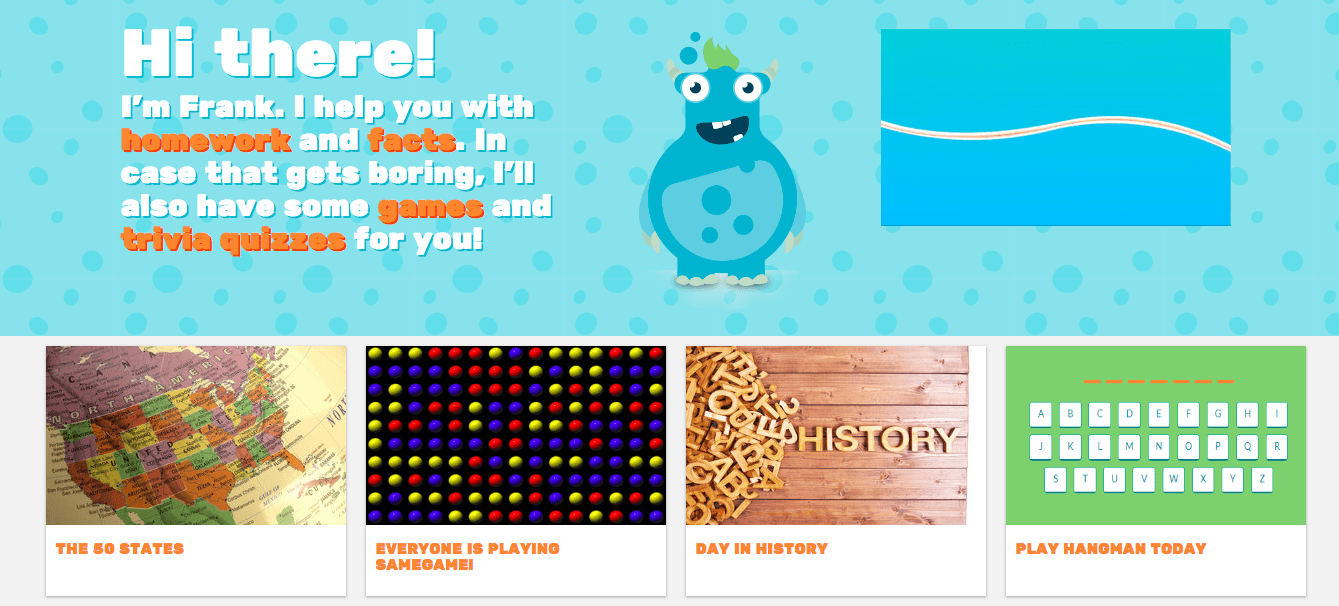
This website was created in partnership with educational professional. It is a site that is a great help for children completing homework. They can find facts on dozens of subjects on this site along with dictionary and atlas. The content is more than browsing and providing information. There are games and activities to entertain kids on the site while they learn. Interesting to note, the site contains more than 30,000 short biographies! This website is a game changer for home work time. Some of the skills that kids apply on this site include problem solving, thinking, reasoning, and self-direction.
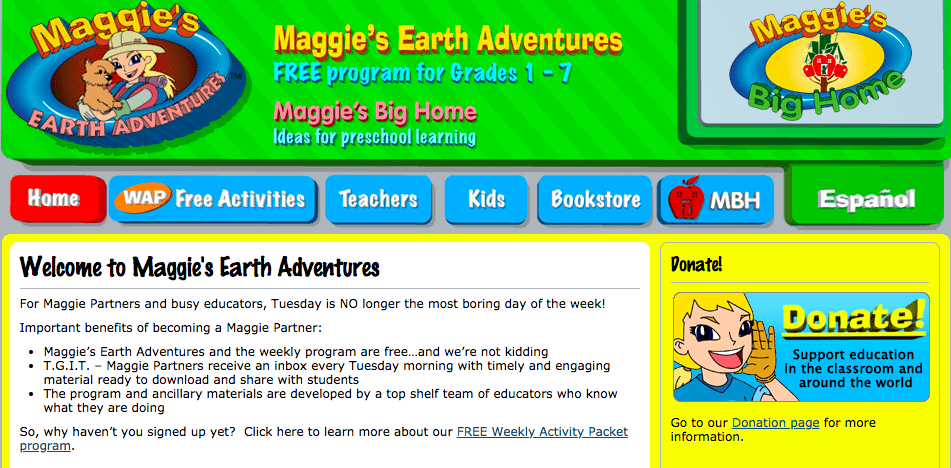
This website gets kids thinking and learning about the world and its vast ecosystems. It is a free site that teaches kids about the earth. Real life situations are presented in short videos. Then kids play games that touch on the subjects of animals, earth, recycling, and injustice. Some of the skills that they can acquire on this site include cultural understanding, global awareness, reading comprehension, spelling, vocabulary, investigation, prediction, and thinking critically.
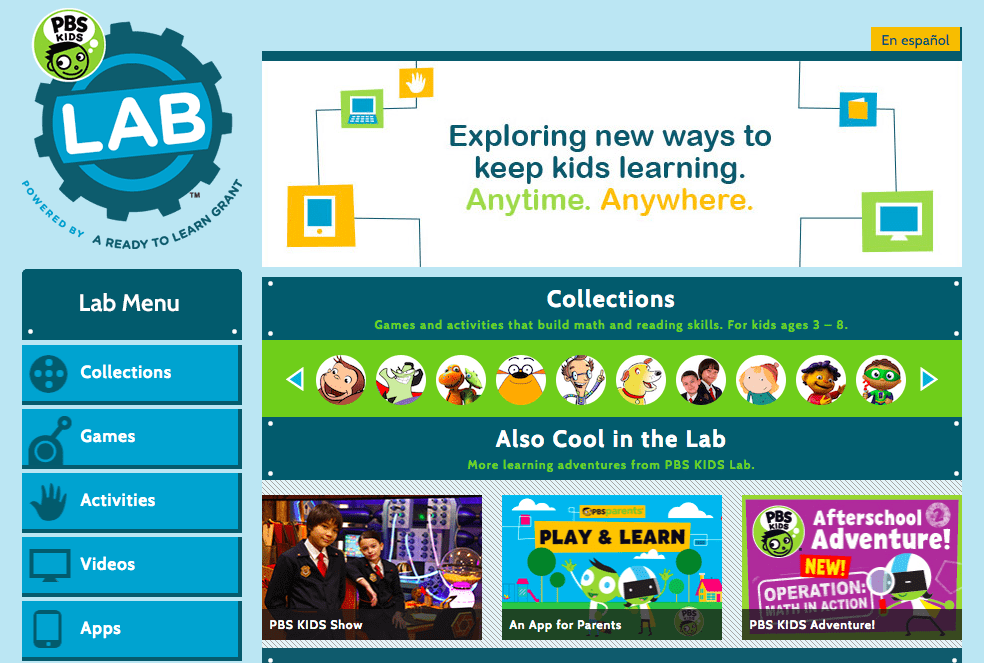
PBS Lab is funded by a grant from the U.S. Department of Education. This grant requires them to research the games and their effectiveness in helping kids learn real skills. The result is a website where kids actually learn while they have fun. This site teaches kids the skills they need to be successful in school. The website is useful for kids ages three and up. Some of the skills that kids learn on this site include math, reading, spelling, word recognition, measuring, and pattern recognition. This site is free!
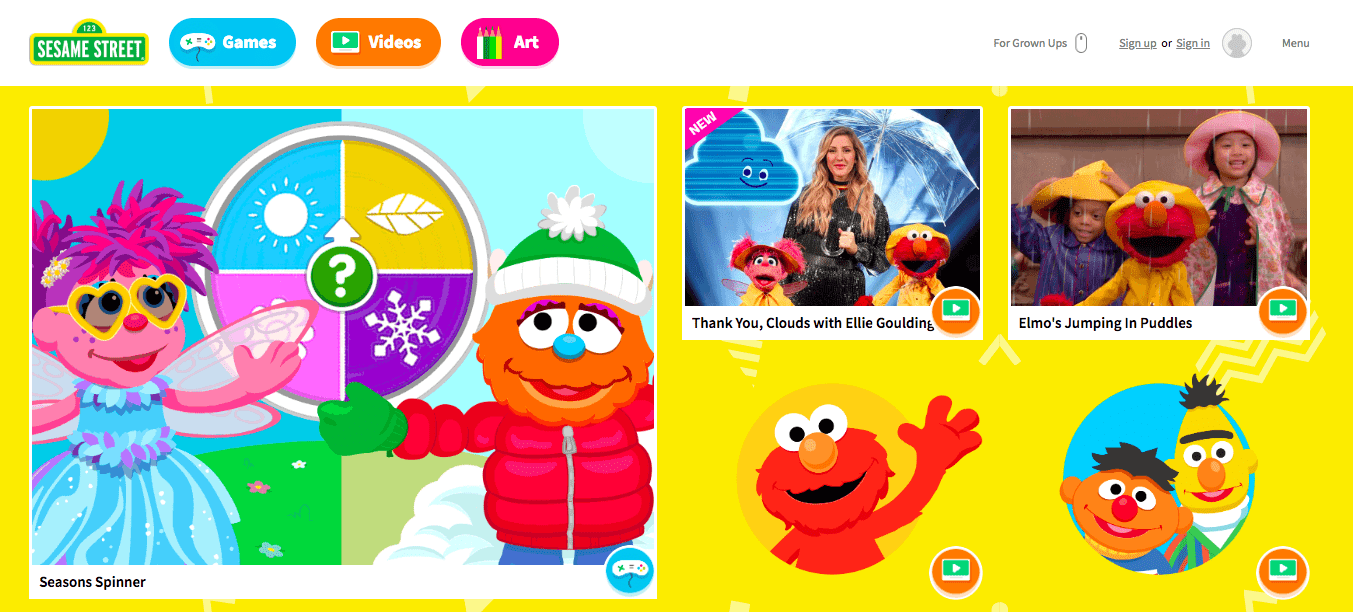
This website is based on the TV program. Kids are entertained by their favorite Muppets in games, songs, podcasts, videos, and activities. This site can be used by children ages two and up, so it is one of the best options for very young children. Some of the skills taught on this site include empathy, labeling emotions, brushing teeth, hygiene, addition, subtraction, counting, measuring, recognizing shapes, understanding cultural differences, following directions, letter recognition, word recognition, spelling, respecting others, asking questions, problem solving, use of imagination, and making new creations. This site has a great deal of value for parents who want their children to be learning practical life skills while they are on the internet being entertained. This website is completely free!
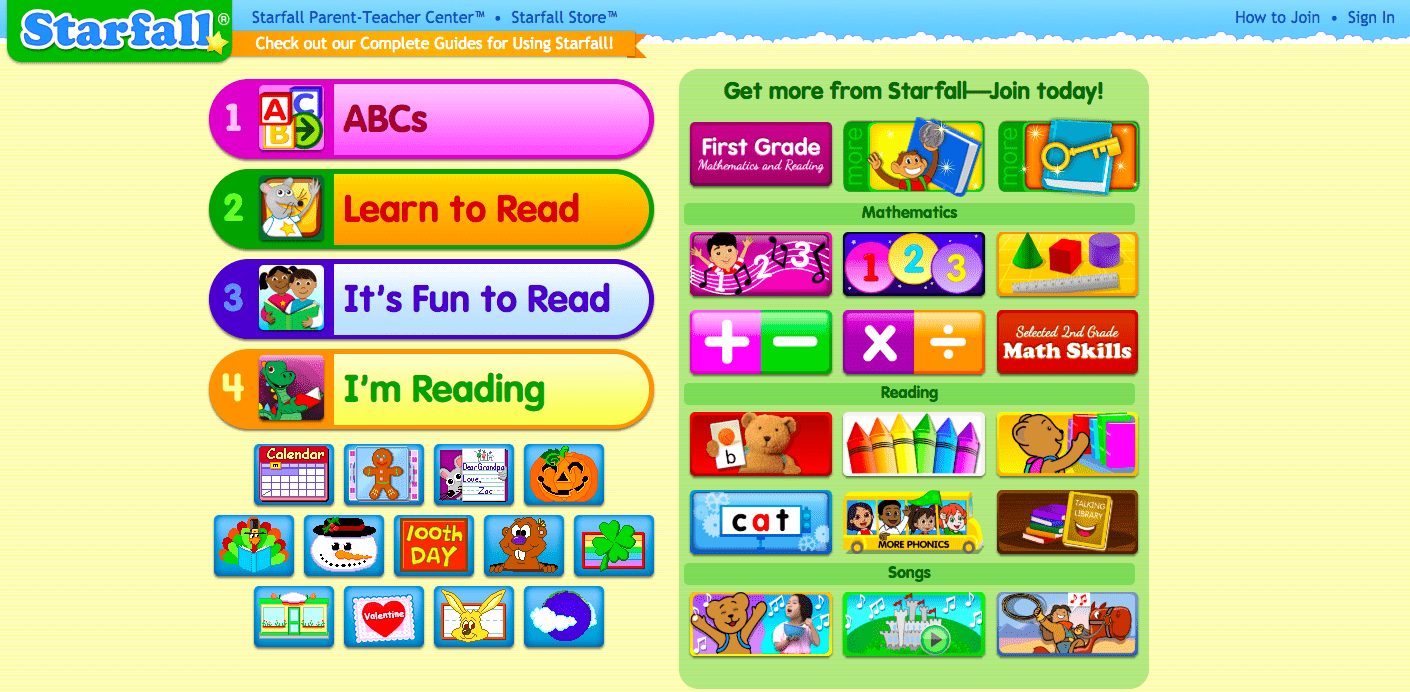
This educational website is geared for children ages four and up. Although this is a subscription website, there is content that users can try out before purchasing. The website is run through a non profit organization and the price for subscription to the site is low because they want to make the content available widespread to benefit many children. Some of the skills that kids can learn on this website are addition, subtraction, counting, division, equations, fractions, geometry, grouping, measuring, multiplication, number recognition, shape recognition, reading, letter recognition, and word recognition. There are games, lots of songs, and activities to engage young children. The primary focus on this site is math and literacy.

This website is geared toward older children. It is a site filled with articles, podcasts, games, quizzes, and polls. There is a wealth of information on this site, which makes it useful for homework projects. The articles are attention grabbing, which help to snag the reader and get them interested in everything from the history of specific holidays to learning how super-volcanos work. This site touches on eleven primary categories of learning: animals, health, science, tech, automobiles, culture, home & garden, finances, lifestyle, entertainment, and adventure. Some of the skills that kids can learn through using this site include: building, gardening, self-direction, creativity, researching, empathy, understanding different cultures, and developing novel solutions.
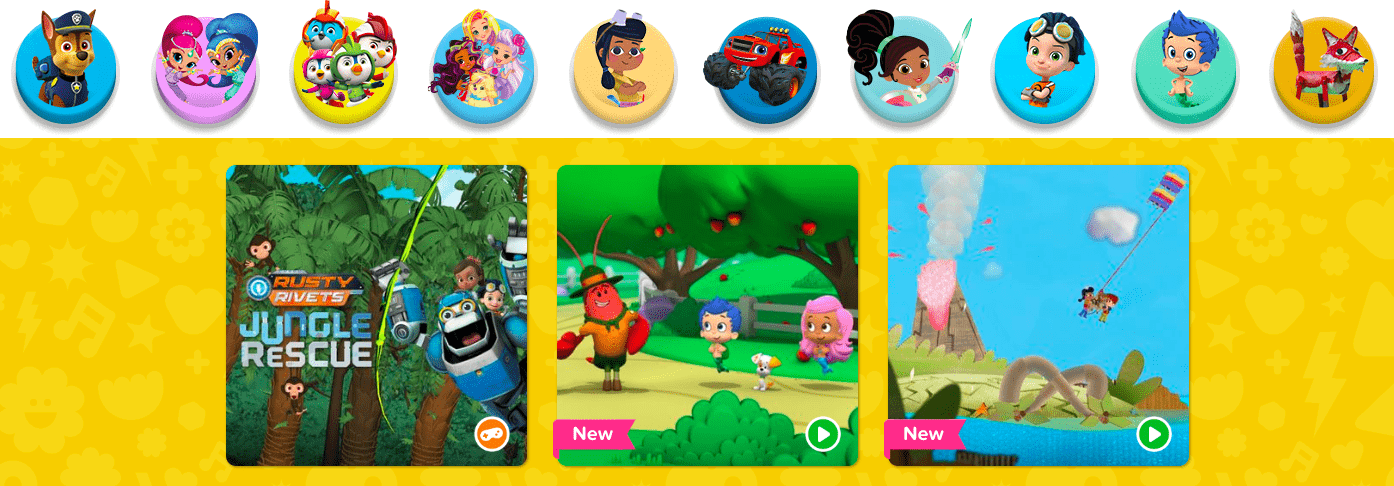
This website is based on the tv shows from the Nick Jr network. Young kids can learn while they interact with their favorite characters on this website. Bubble Guppies, Paw Patrol, Sunny, and dozens of other characters can be found on this site. There are games, video, stories, and printable activities found on this website. The site is entertaining for kids and they learn a variety of skills including math and reading. The content is geared toward preschool learning, and it is free.
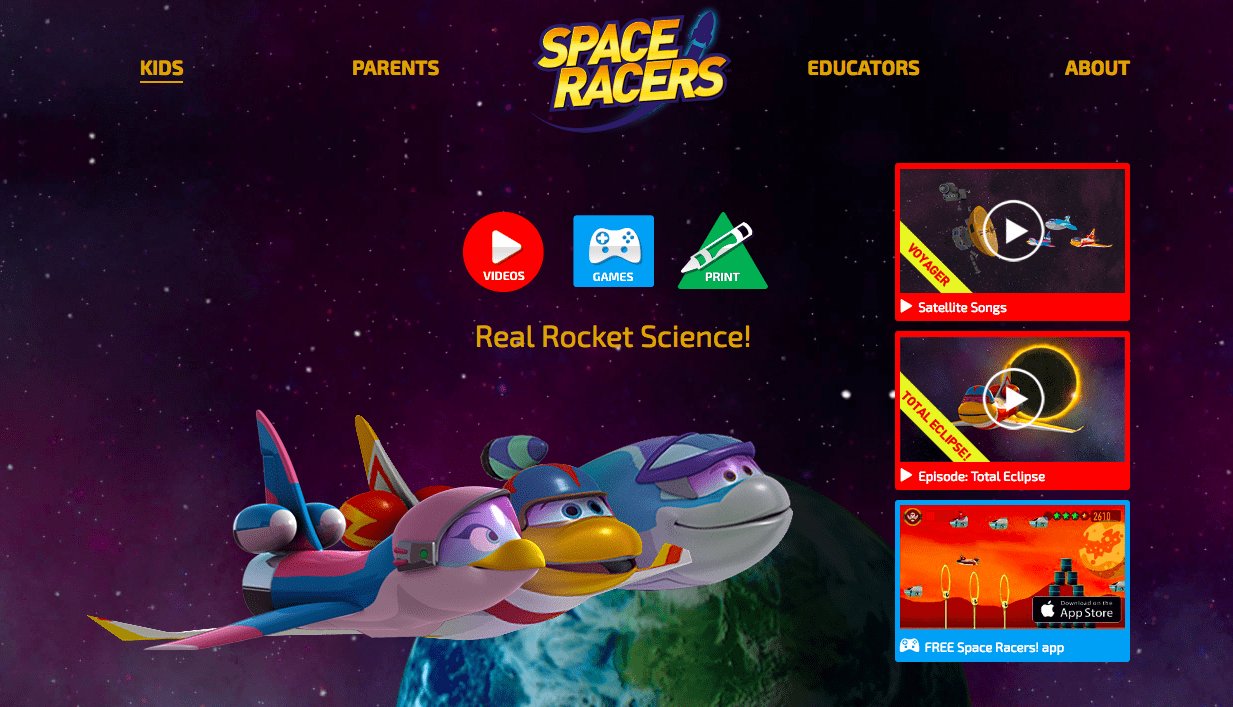
This website is based on the show. The site is designed to get preschoolers excited about space and science. The learning on this site is based on STEM curriculum (science, technology, engineering, and mathematics). It comes through games, coloring pages, videos, music segments, lesson plans, and printouts from the lessons. There are a total of 17 lesson plans that use STEM concepts. The skills that kids learn from using this site include observation, teamwork, problem solving, critical thinking, mathematics, decision making, hypothesis testing, and goal setting. The science subjects taught on this site through the entertaining and engaging content include astronomy, rocket science, geology, and physics. This website is free!
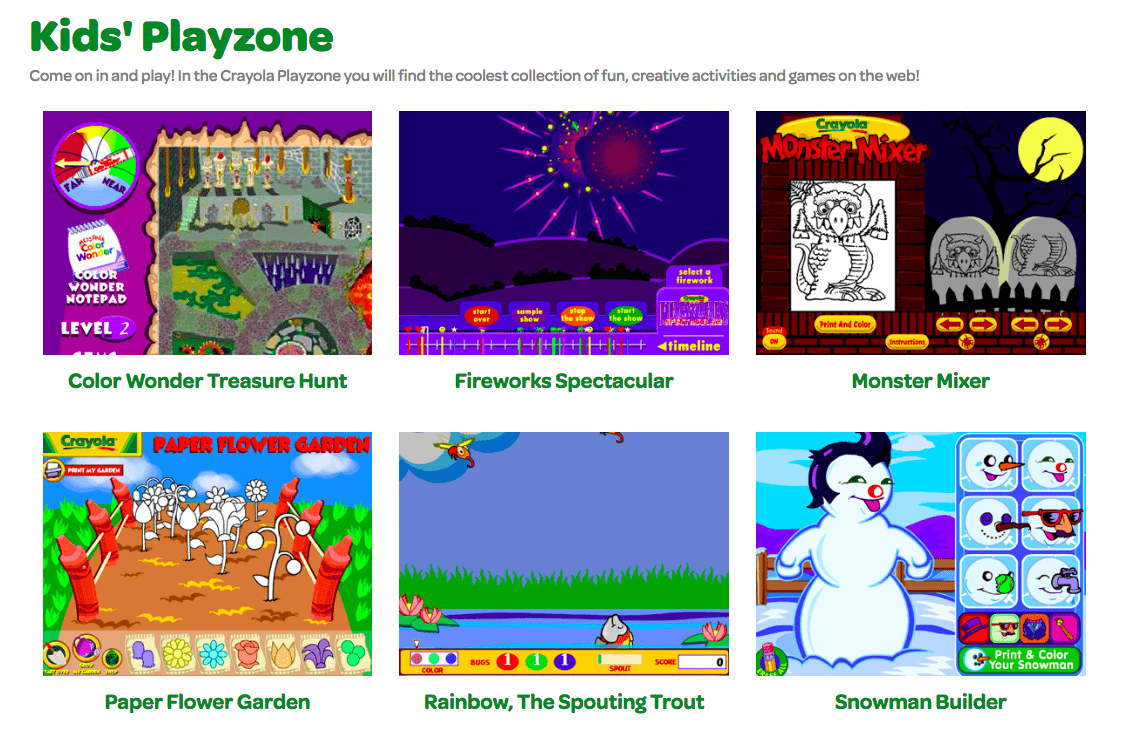
This website comes from the Crayola company. It is a free website. When kids click on the "play zone" they can find educational games and activities. The site has many free printable and coloring activities. The following skills can be learned by kids who use this site: following directions, drawing, painting, making digital creations, use of imagination, innovation, and making new creations. There are a great deal of DIY craft projects with detailed instructions found on this website.






















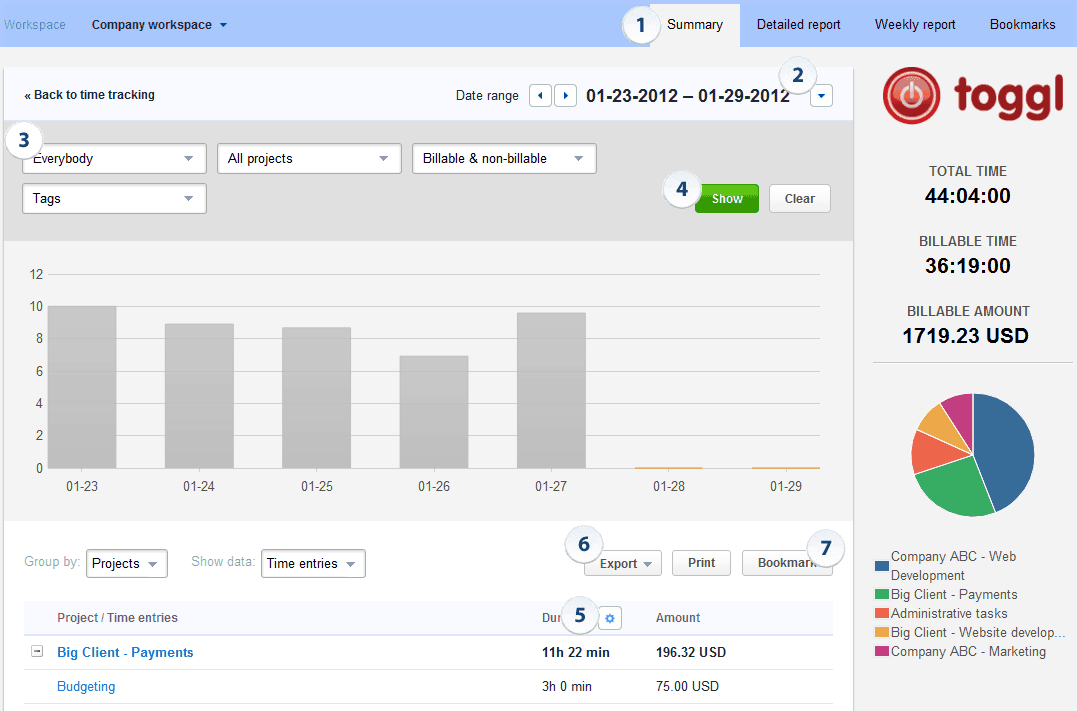
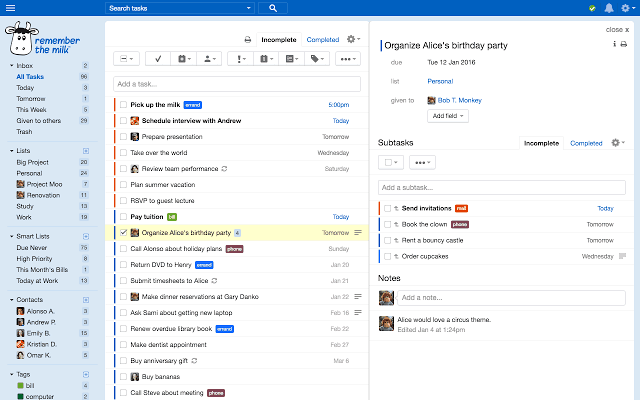


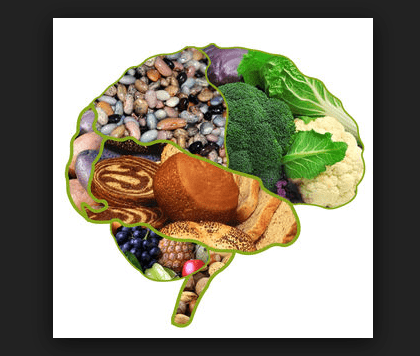 Serotonin, the neurotransmitter that regulates sleep, appetite, and mood is produced in the gastrointestinal tract (the digestive track that takes food, digests, extracts, and absorbs the energy and nutrients from food consumption). Simply put, proper brain food is essential to your everyday health. Brain food is essential for a healthy digestive tract which is needed for healthy serotonin levels. Healthy serotonin levels are essential for healthy sleep, appetite, and mood. Other physical difficulties can result from lack of brain foods: blood pressure, increased acuteness, and irritability to name a few. Brain food is essential to our lives because they feed the machine that keep us going. Lack of brain food means lack of proper care for ourselves.
Serotonin, the neurotransmitter that regulates sleep, appetite, and mood is produced in the gastrointestinal tract (the digestive track that takes food, digests, extracts, and absorbs the energy and nutrients from food consumption). Simply put, proper brain food is essential to your everyday health. Brain food is essential for a healthy digestive tract which is needed for healthy serotonin levels. Healthy serotonin levels are essential for healthy sleep, appetite, and mood. Other physical difficulties can result from lack of brain foods: blood pressure, increased acuteness, and irritability to name a few. Brain food is essential to our lives because they feed the machine that keep us going. Lack of brain food means lack of proper care for ourselves.